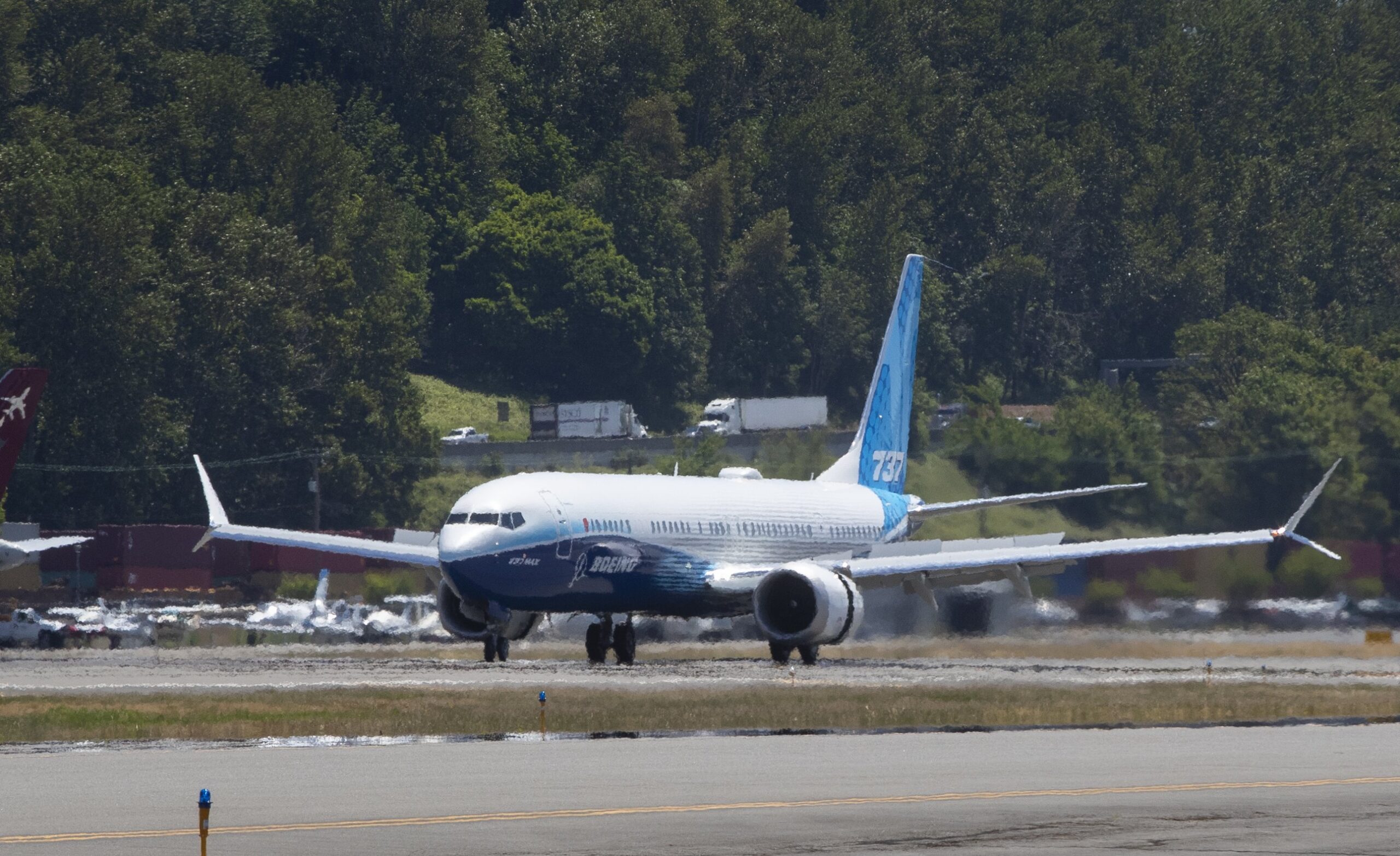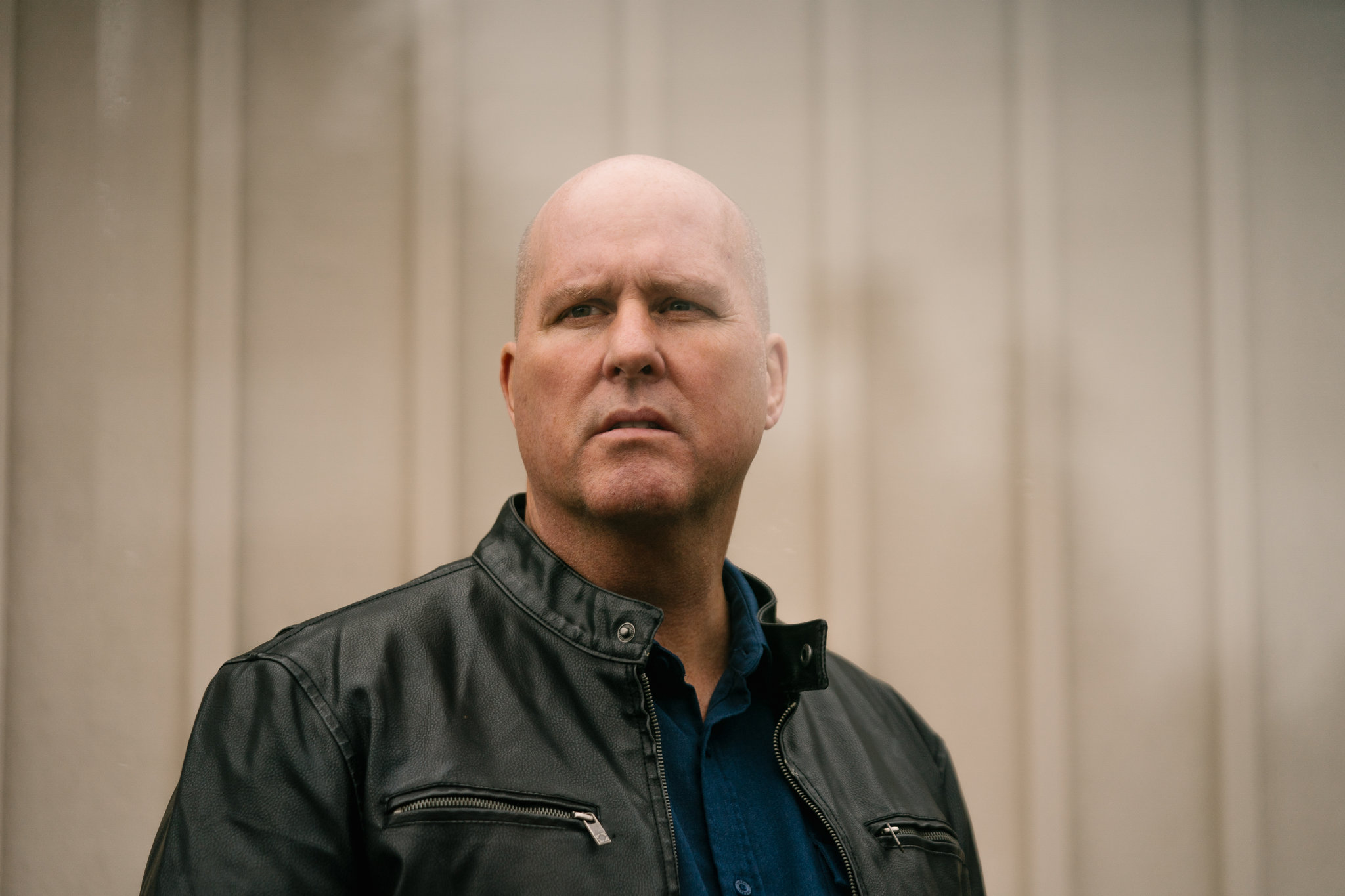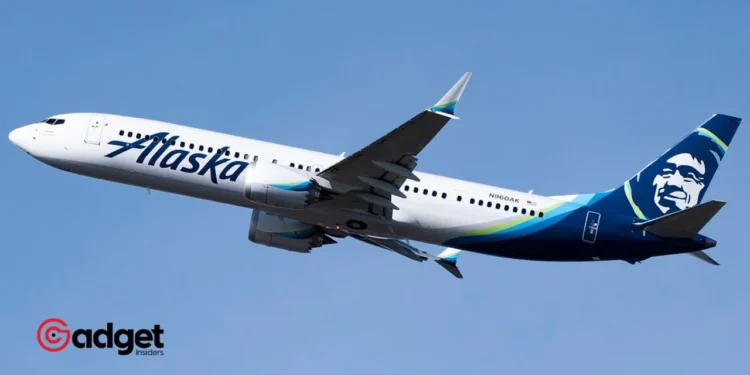In a dramatic turn of events that seems straight out of a high-stakes thriller, Ed Pierson, a former senior manager at Boeing and a whistleblower, made headlines once again. His recent refusal to fly on a Boeing 737 Max aircraft—despite assurances of its safety—has reignited debates over the aviation giant’s practices and the enduring shadows over the 737 Max’s reputation.
This incident not only sheds light on the deep-rooted fears surrounding the 737 Max but also underscores the lingering safety concerns that continue to plague the aviation industry.

A Whistleblower’s Alarm: The Decision That Made Waves
Imagine boarding a plane, settling into your seat, and then discovering that the aircraft is the very model you’ve sworn never to fly due to safety concerns.
This was the reality for Ed Pierson, who found himself on a 737 Max, despite his best efforts to avoid it. Pierson’s experience on an Alaska Airlines flight from Seattle to New Jersey became a defining moment, highlighting his resolve and the broader anxieties surrounding the 737 Max.
Upon realizing the aircraft’s model, Pierson did not hesitate. He disembarked immediately, choosing to wait for an alternative flight—a decision that speaks volumes about his convictions and the seriousness with which he views the 737 Max’s safety issues.
This incident, occurring before the January Alaska Airlines door-plug blowout, reinforces the narrative of concern and caution that has enveloped the 737 Max since its grounding in March 2019.
Ed Pierson, a former senior manager at Boeing, told CNN he was set to fly from Seattle to N.J. with Alaska Airlines. He said he made sure to select a flight that didn't use a Boeing 737 Max. He walked onto the plane saw it was a Boeing 737 Max and got off.https://t.co/KCZhw7vt1O
— Henry M. Rosenberg (@DoctorHenryCT) March 15, 2024
The Genesis of Concern: Pierson’s Whistleblowing Journey
Ed Pierson’s concerns about the Boeing 737 Max are not new. His journey as a whistleblower began long before this incident, rooted in his tenure at Boeing from 2008 to 2018.
Witnessing first-hand the pressures and challenges faced by employees at Boeing’s 737 factory in Renton, Washington, Pierson raised alarms about what he perceived as significant safety oversights—overworked staff, parts shortages, and quality issues that, in his view, compromised the safety of the aircraft produced there.
His advocacy went as far as testifying before Congress in 2019, following the tragic crashes of two Max 8 flights that claimed nearly 350 lives. These crashes were a watershed moment, leading to a global grounding of the 737 Max and sparking intense scrutiny over Boeing’s design, production practices, and the aircraft’s safety.
Pierson’s steadfast position that he would “absolutely not” fly on a 737 Max underscores a profound distrust in the aircraft’s safety, a sentiment that his recent actions have vividly reiterated.

Boeing: The Industry’s Response and the Road Ahead
The reaction to Pierson’s refusal to fly on the 737 Max has been mixed, with Boeing and Alaska Airlines initially silent. This silence, however, speaks to the larger issue at hand: the ongoing battle for public trust and the aviation industry’s efforts to overcome the stigma attached to the 737 Max.
The January incident involving an Alaska Airlines Max 9 losing a door plugin midair only added fuel to the fire, prompting the Federal Aviation Administration (FAA) to take decisive action by grounding models with the same door plug and halting the expansion of the 737 Max’s production.
As the aviation community grapples with these challenges, the story of Ed Pierson’s principled stand against flying on the 737 Max serves as a poignant reminder of the complexities and responsibilities inherent in ensuring air travel’s safety.
It highlights the importance of vigilance, transparency, and accountability in an industry where the stakes are immeasurably high. The path forward for Boeing and the 737 Max remains fraught with uncertainty, but one thing is clear: the journey toward regaining the public’s trust and ensuring the absolute safety of air travel is far from over.










